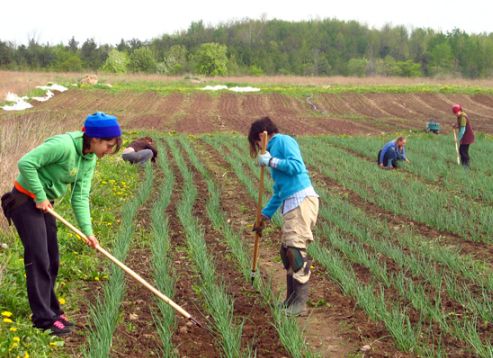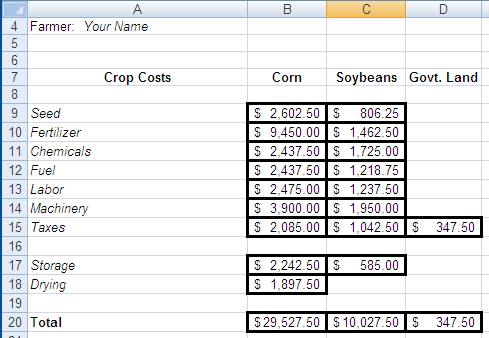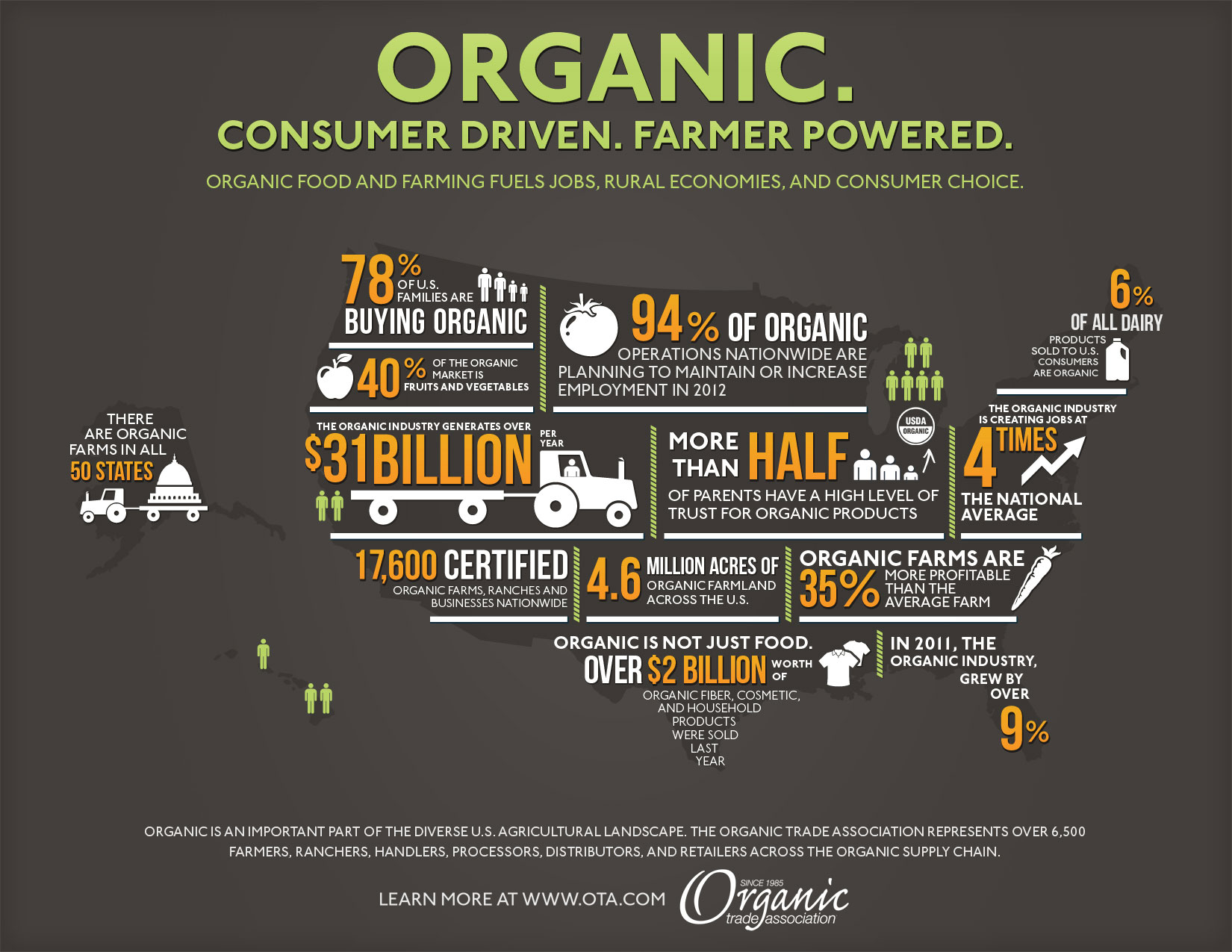Comments Off on Crop Calendars Go Digital: Using Spreadsheets in Agriculture
Crop Calendars Go Digital: Using Spreadsheets in Agriculture
Posted by Lior Weinstein on Monday, April 29th, 2013
Farming has become big business, and most businesses use Excel. While corporate agriculture use databases for farm management, smaller farms or community supported agriculture initiatives can also benefit from using spreadsheets for crop calendars and finances.
Community supported agriculture (CSA), organic farming and urban gardens are changing the way we produce food. Many people are against “factory farming” or are looking for a more natural way to grow their food or breed and raise their food animals. Consumers are eating healthier, turning down synthetic supplements and seeking out food grown without chemicals or grown within one hundred miles of their home. This is all part of living a greener lifestyle.
Many farmers are barely making a living, and it is crucial that a farmer keeps a close eye on finances. You have to take into account labor, machinery, feed, seed, fertilizer and many other costs that affect your profit. Cornell University’s Program on Agriculture and Small Business Finance provides a number of spreadsheets for agricultural financial management.
Excel is the go-to database for financial management, but it is so much more than that.
Spreadsheets are great tools for crop planning, and there are many free downloads of Excel crop calendars or planning tools online. Sunseed Farm, a Michigan CSA shares their crop planning spreadsheet online. The spreadsheet has pre-loaded planting dates and spacing and transplant seeding specifications for over 50 different vegetable crops. It also provides planting dates. You can easily modify the spreadsheet for your own use.
If you have livestock, a spreadsheet is a fabulous way to keep track of your breeding program, your egg production and a number of other factors, such as feed, medication, births, sales etc.
By using a PDF to Excel converter, you can increase the effectiveness of your Excel program. Think of it like fertilizer; it takes something and makes it grow better and bigger.
Do you read the Old Farmer’s Almanac? Scan and add their information, such as the moon phase calendars to your spreadsheet. Where ever you get your weather predictions, if it is the Weather Network or the Almanac, you can add that information.
Agricultural newsletters, advice or information sheets are often supplied as a PDF document. You can quickly convert that PDF or specific information relevant to your farming practices into your spreadsheet.
Even if you only have a small home vegetable and herb garden, you want to get the most out of your growing season. If you live in the northern U.S. or Canada, you probably won’t start planting until at least May 24th. Now is the time to start your planning, if you haven’t done so already. Plot your garden out on Excel. You can do the same for your flower beds or your tree planting.
Agriculture is a risky business. You are at the mercy of Mother Nature, but you can control some things by careful planning and management. Many of us may be going back to the old style of farming with free range animals and heirloom vegetables but combine that with innovative technology and you’ll be harvesting a bountiful crop this year.


 1-855-552-6464
1-855-552-6464











